
Very Valued Valerian Root!
Valerian is an herb that’s native to Europe and parts of Asia but also grows in North America. Valerian root, which has been used as a medicinal herb for centuries, is derived from valerian (Valeriana officinalis), a perennial flowering plant from the Valerianaceae family.
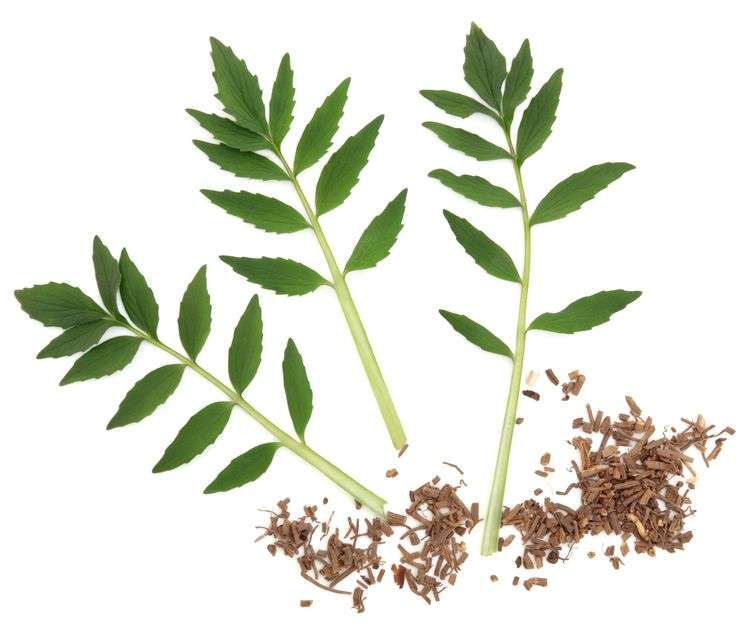
How did it get its name?
The origins of the name of Valerian root is one of our favorites. It’s considered to be derived from the personal name “Valeria” and the Latin verb “valere” (to be strong, healthy). As you probably know, we’re fans of strong and healthy!
Valerian's been around for how long?
Since ancient times Valerian has been used for medicinal purposes as an herb. It has been used as a medicinal herb since at least the time of ancient Greece and Rome. Hippocrates described its properties, and Galen later prescribed it as a remedy for insomnia.
The Chinese, Romans, Greeks, and Indians used it as a mild sedative. The Persians and Chinese have also reported having made a natural medicine to treat wounds – using the plant as an antiseptic. Other cultures used it as a treatment for conditions such as epilepsy, sleep disorder, anxiety, headaches, asthma, migraine, joint pain, menopause, and hot flashes.
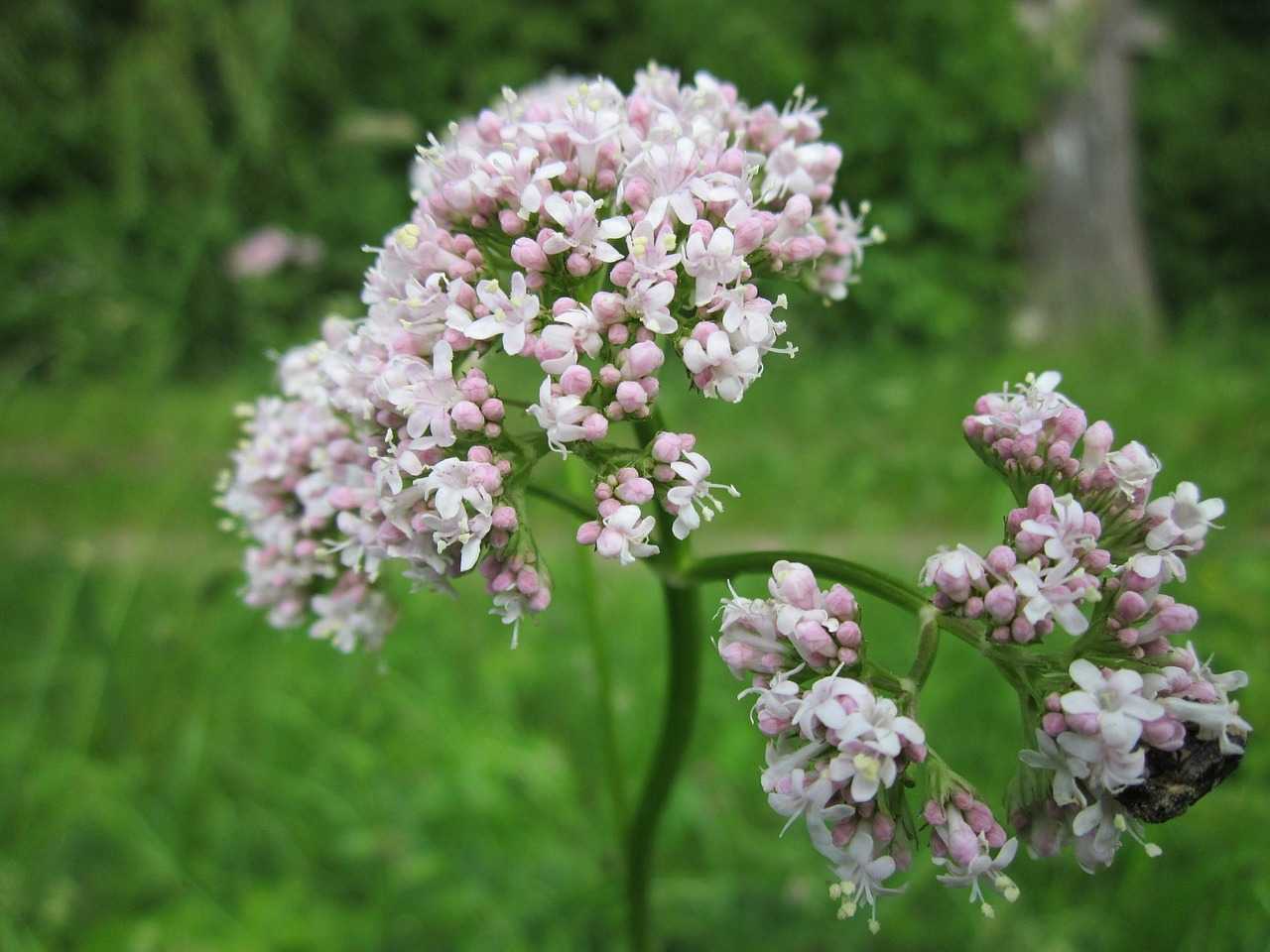
Treatment for shell shock.
The most famous usage of valerian was during the First and Second World Wars. It was used not only for soldiers but also for the people affected by the war. People used Valerian specifically for the treatment of shell shock and nervous stress.
Most of the valerian used in medicine is grown on farms and cultivated for this purpose. The valerian plant is a perennial that can reach a height of 4 feet and features sweetly scented pink, white or purple flowers.
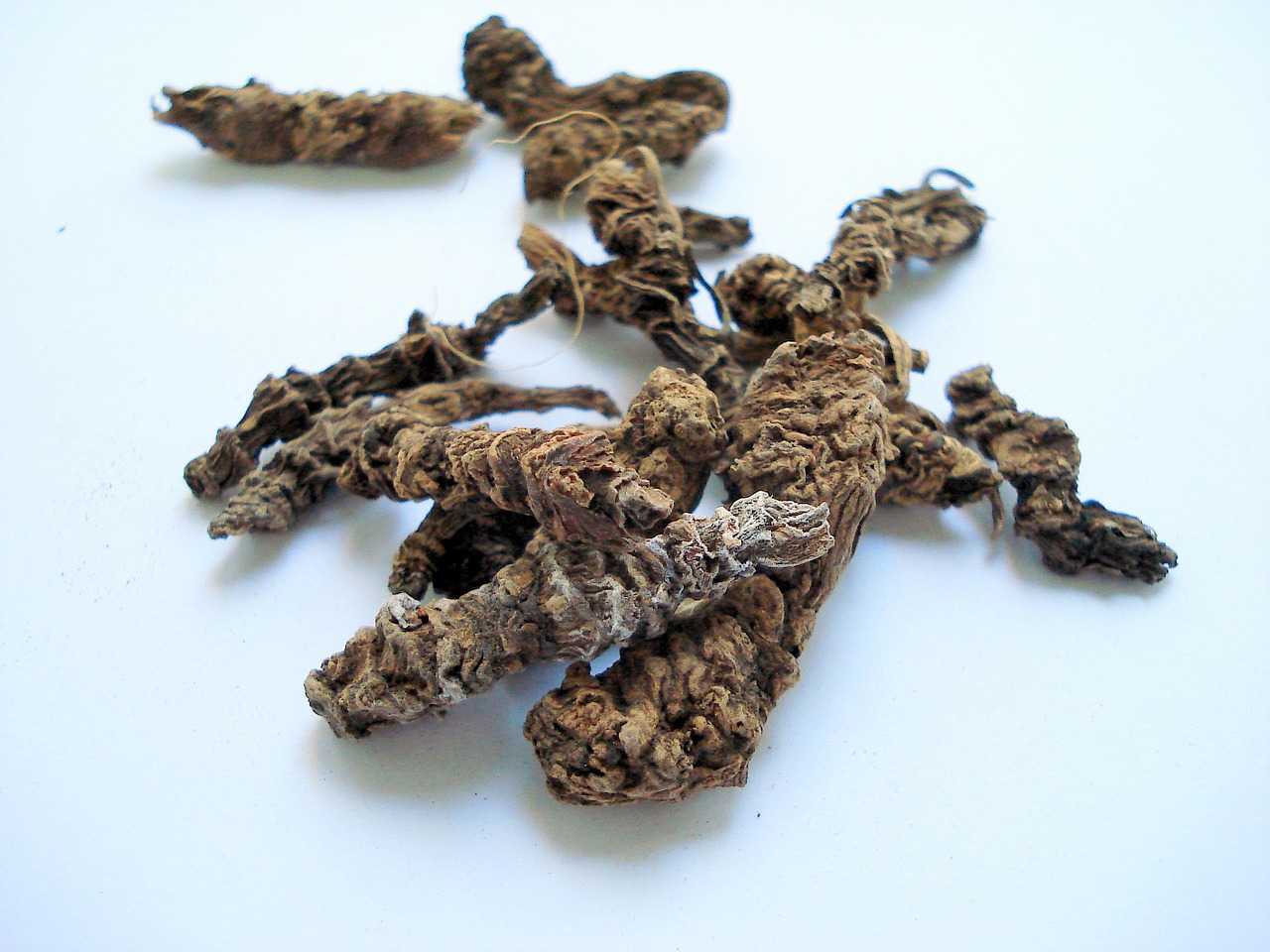 rootlets or the large rhizome itself is harvested. Although it has been in use for thousands of years, valerian root is now known to contain high levels of alkaloids, flavanones, and sesquiterpenes, along with other active ingredients and volatile compounds.
rootlets or the large rhizome itself is harvested. Although it has been in use for thousands of years, valerian root is now known to contain high levels of alkaloids, flavanones, and sesquiterpenes, along with other active ingredients and volatile compounds.
A flavonoid? What's that!
Flavonoids are a diverse group of phytonutrients (plant chemicals) found in almost all fruits and vegetables. Along with carotenoids, they are responsible for the vivid colors in fruits and vegetables. Flavonoids are the largest group of phytonutrients, with more than 6,000 types. (1)
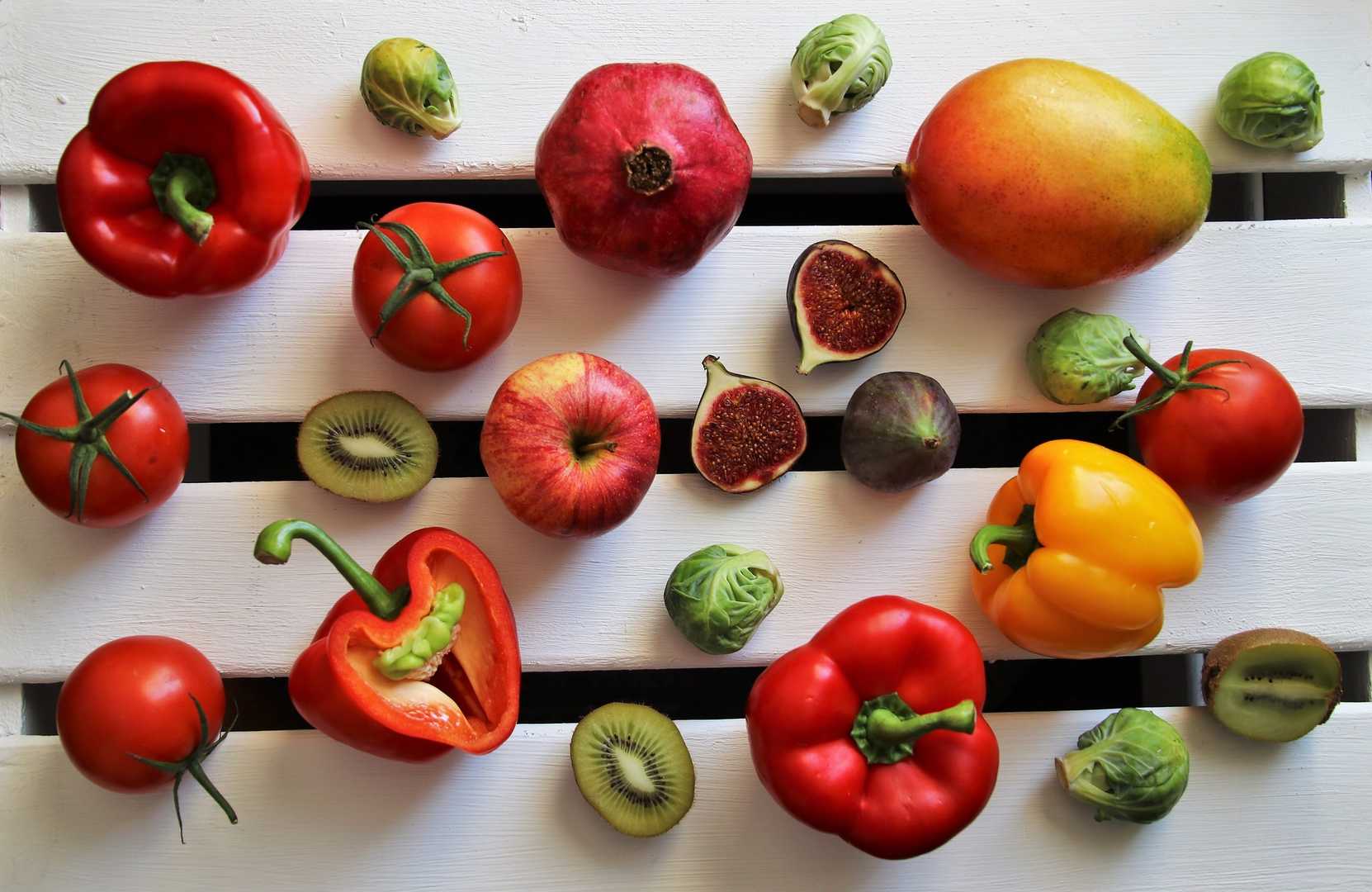
One of the flavonoids, called linarin, has sedative effects. Valerian root extract causes sedation because it increases the level of GABA in the brain. GABA or Gamma-aminobutyric acid is essentially a neurotransmitter in the nervous system. Valerian also contains a compound called valerenic acid which inhibits the enzymes which destroy GABA.
What will you find inside this plant?
There are many active phytochemicals found within this plant. It also has a high nutrient content in the roots as well as the stems and leaves of Valerian. Some of the nutrients found in Valerian root include Calcium, Choline, Essential fatty acids, Iron, Magnesium, Manganese, Phosphorus, Potassium, Selenium, Zinc, and Vitamins B1, B2, B3, and C. Valerian is famous for its anxiolytic, sedative, anticonvulsant, antibacterial, anti-diuretic, anti-thrombotic, antiseptic, antispasmodic, and anti-inflammatory properties.
Valerian root has been known to have a positive effect on heart health. It can strengthen blood vessels, improve its elasticity, and stabilize blood pressure. Its anti-thrombotic effect helps to prevent blood clots as well.
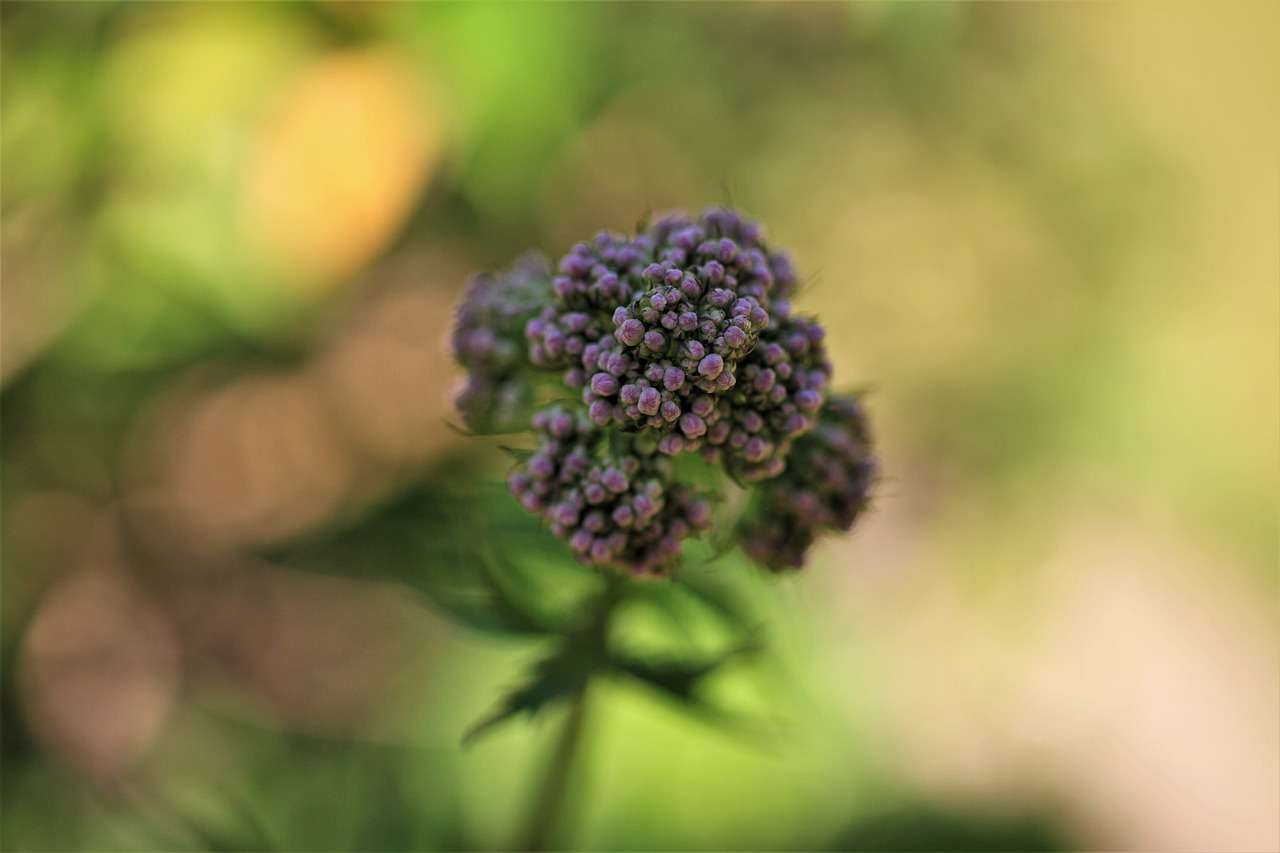
Valerian root has also been shown to relieve pain. This, combined with the sedative effect, makes it effective in relieving headaches (especially stress headaches,) migraines, arthritis and muscle pain.
In manufacturing, the extracts and oil made from valerian are used as flavoring in foods and beverages.
Valerian Root may be used as a treatment for the following health benefits:
• Treating insomnia
• Increasing quality and duration of sleep
• Reducing anxiety
• Treating panic attacks
• Relieving headaches
• Maintaining heart health
• Helping to provide a soothing effect on the central nervous system
• Helping lower blood pressure
• Improving stress
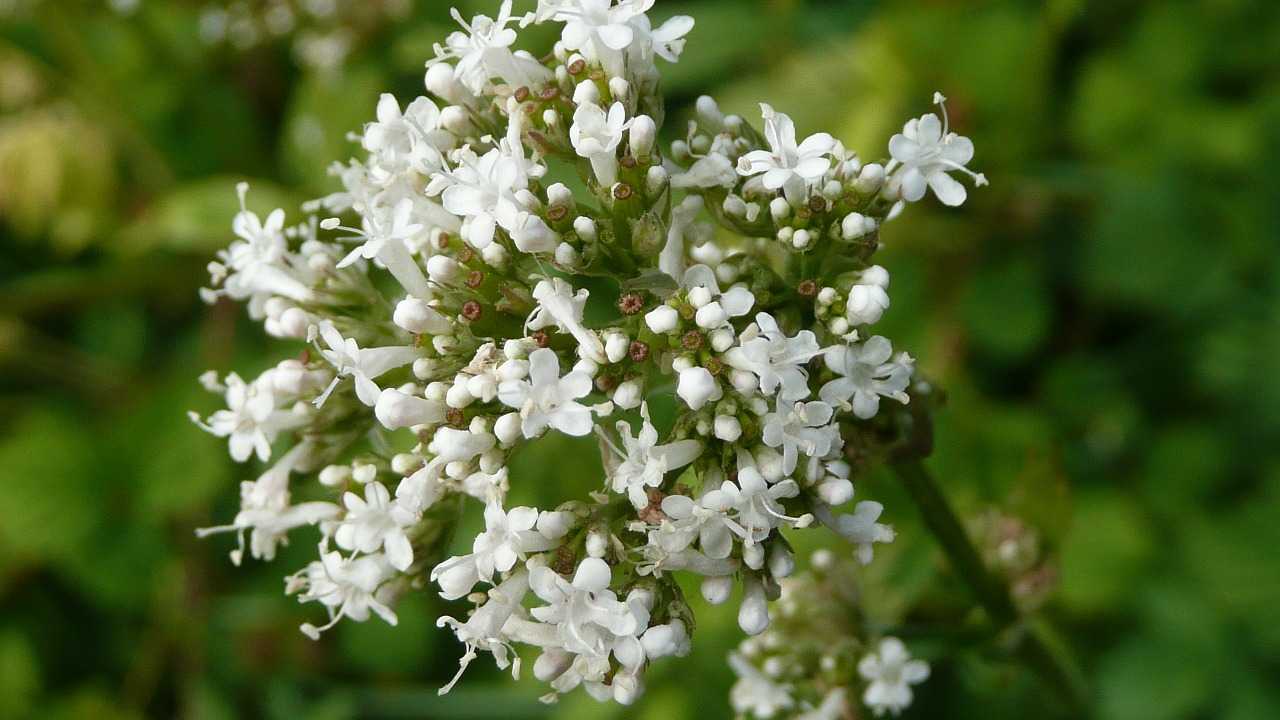
Now you know the virtues of the very valued valerian root. If you'd like to check out some products that contain valerian root, please visit these links:
Cal/Mg Plus Boron by Professional Botanicals
Cardio + CoQ by Professional Botanicals
Pressu Norm by Professional Botanicals
Relaxall by Professional Botanicals
Sleep Eaze by Professional Botanicals
Total Comfort by Professional Botanicals
Tense-X by Professional Botanicals
Tranquinell by Dynamic Nutritional Associates (DNA Labs)
_______________________________________________________________________________________________
Note: The content of this article, and additional content on this website, are for informational purposes only and are not intended to be a substitute for professional medical advice, diagnosis, or treatment. Always seek the advice of a physician or other qualified health provider with any questions you may have regarding a medical condition. Never disregard professional medical advice or delay in seeking help because of something you read here on this website.



